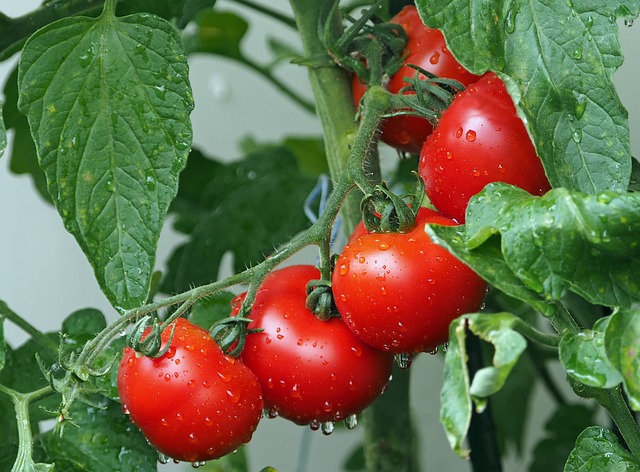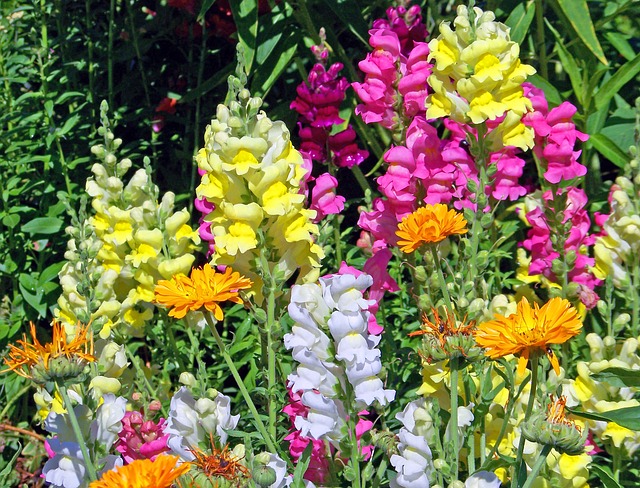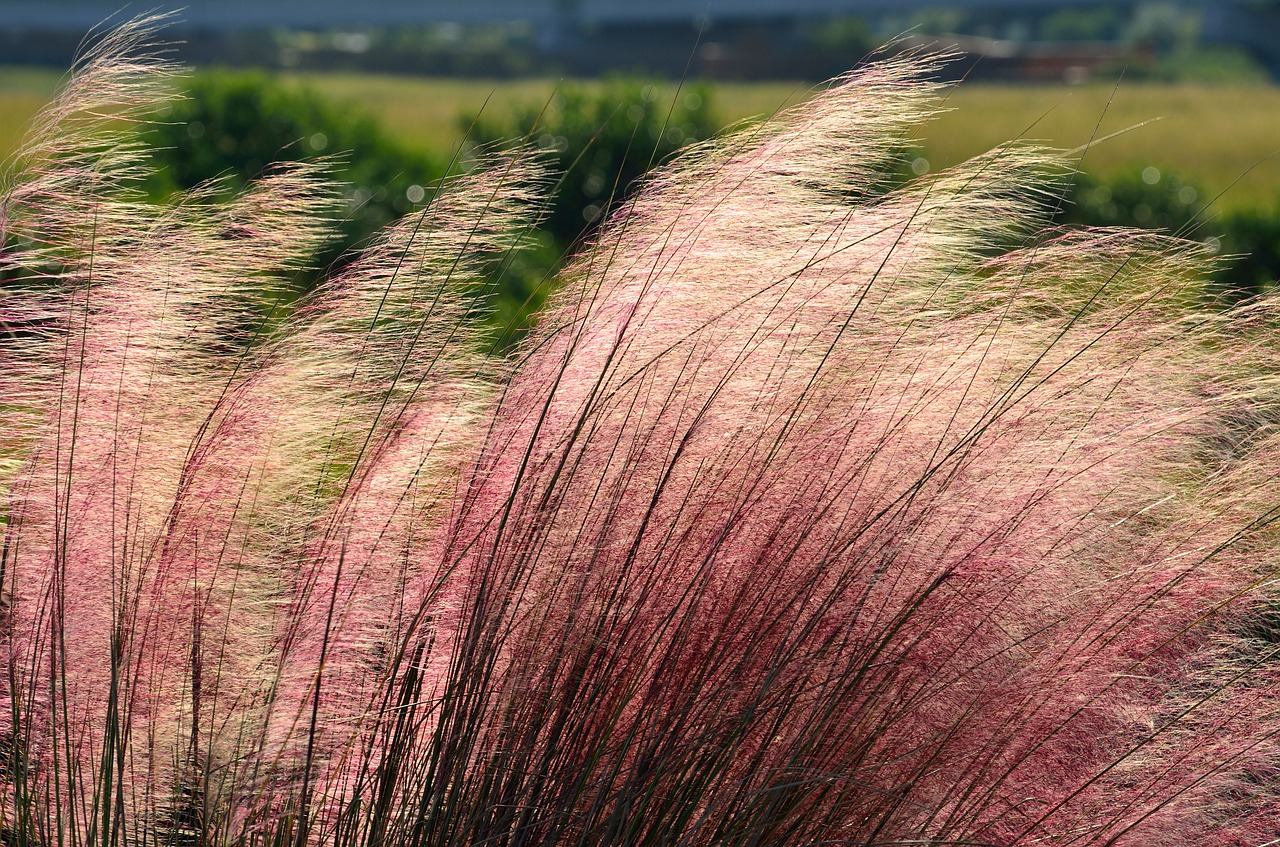By Susan Morgan
Horticultural therapy practitioners use their palette of plants in various ways with their clients – for the interesting stories about plants, their metaphors that help make sense of life experiences, their ornamental, culinary, and olfactory qualities, as well as their practical uses, including craft, medicinal, and other ethnobotanical uses. We recently asked students and alumni of the Horticultural Therapy Institute to share some of their favorite go-to plants for therapeutic gardens.
Note: Before incorporating any of these plants into your therapeutic garden, research the plants’ potential toxicity and safety hazards for clients and determine if they are appropriate to use.

Fragrant Plants
Plants with scented flowers and foliage provide opportunities to engage clients in exploring their sense of smell. In fact, our olfactory sense is directly connected with the parts of our brain associated with memory and emotion. So the sweet fragrance of a rose shrub or the smell of freshly mown grass can trigger hidden memories from the past, which can be particularly poignant for a client dealing with memory loss. Fragrant plants include rose, gardenia, lavender, rosemary, lilac, heliotrope, chocolate cosmos, lemon balm, lemon verbena, pine trees, and much more. “Rose geranium is a great sensory plant with soft, felt-like leaves that have a wonderful rose fragrance,” says Jan Lane. “[It is] not only fun to grow in the garden and touch the leaves as you pass by, but also to dry for use in simple sachets.” Karla Miller likes to use a collection of mints, including spearmint, chocolate mint, orange mint, and pineapple mint – ideally in containers. Or, check out prairie dropseed (Sporobolus heterolepis), which is an ornamental grass known to smell like popcorn when in bloom.

Edibles
Plants valued for their culinary uses provide clients with opportunities to be a part of the entire lifespan of these plants – from sowing seed to growing them in the garden, and then harvesting and eating. In growing plants from seed to plate, clients may also develop a healthier and deeper relationship with the foods they eat and the land from which they grow. William Sembello loves the native Alpine strawberry (Fragaria vesca). “[It] doesn’t run like traditional strawberries and thus stays tidy,” he says. “They have a long harvest season, and the boutique nature of the crop, with a strong fragrance and intense strawberry flavor, allow them to be enjoyed by participants or even sold.” Other edibles include herbs – such as basil, cilantro, thyme, pineapple sage, and more, – fruits like citrus and pineapple, and vegetables including tomatoes, peppers, carrots, and leafy greens. Jessica Morgan uses various herbs to make infused vinegar, compound butter, and tea and even transforms them into craft activities, including flower pounding, leaf rubbings, or mandala art.

Seasonal Annuals
Incorporating annuals provides a continuity of seasonal activities with clients in the garden. For example, pansies are a popular cool season crop that provide a pop of color when other plants are dormant. Plus, they can be used in flower pressing or pounding activities or as edible garnishes for salads or desserts. Other annuals to consider including – geraniums, marigolds, snapdragons, strawflowers, Angelonia, sweet potato vine, and seasonal bulbs like tulips and hyacinth. Catherine Crowder recommends shade- and sun-loving Coleus cultivars for their easy propagation and variety of leaf colors and textures. She also uses coleus in floral arranging activities. “We use them as filler in flower arrangements,” says Crowder. “By the time the arrangement is spent, you can easily see some roots and pot them up.”

Plants for Themed Gardens
Group plants together based on a common theme. For a Tea Garden, Taylor Burnham uses lemon balm, lime balm, cranberry hibiscus, scented geraniums, pineapple verbena, stevia, and various types of mint. Other themes include Touchy-Feely garden with plants featuring soft textures like lamb’s ear and silver sage (Salvia argentea ‘Artemis’), salsa garden, pizza garden, colors of the rainbow or a monotone color garden, moon garden, miniature plants in fairy gardens, culturally significant gardens like a Three Sisters garden or Japanese garden, and much more – get creative!

Ornamental Grasses
Ornamental grasses gracefully respond to the breeze and often add a soft texture and sound to gardens. “For our toddlers and preschoolers, grasses planted in waist-high pots have been very popular,” says Katie Grimes. “Fully grown at shoulder and eye level, they offer a place to ‘hide,’ to immerse oneself in the textures, to dim external noise with the grasses’ rustle, and to engage the children’s imagination that they are a lion watching and waiting. They also provide plenty of opportunity for scissor practice- the short snip required is perfect for emerging skills & it’s an often forbidden delight to cut something that’s not paper! Our favorites are Inland sea oats for the rattling brown seed heads, bunny tail grass for its soft, fluffy seed head, and pink muhly for its airy, showy display each fall.”

Wildlife Friendly Plants
Incorporate plants, especially native plants, that are known to attract pollinators and other forms of wildlife. For clients, a garden that serves other “community residents” can shift ruminating thoughts outside of self and cultivate a sense of wonder and altruism. Kathy Squiers likes to use purple coneflower in her gardens because they attract finches to their seedheads in the fall. Don’t forget to include host plants that provide forage for hungry caterpillars or plants that produce nectar rich flowers for butterflies and hummingbirds. Jaime Haines recommends lantana, bacopa, and lobelia. Salvia, milkweed, pentas, butterfly bush, chastetree, Mexican sunflower, dill, fennel, and many more are great options for a wildlife friendly garden.






